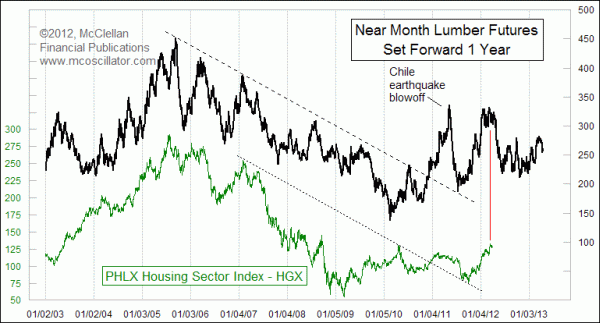Gulf states not only pump oil; they burn it, too
EVERYONE knows why oil prices, at around $125 for a barrel of Brent crude, are so high. The long-term trends are meagre supply growth and soaring demand from China and other emerging economies. And in the short term, the market is tight, supplies have been disrupted and Iran is making everyone nervous.
Saudi Arabia, the only OPEC member with enough spare capacity to make up supply shortfalls, is the best hope of keeping the market stable. The Saudis recently reiterated their pledge to keep the market well supplied as American and European Union sanctions hit Iran. Over time, other producers in the Persian Gulf may be able to pump more. Iraq—and Iran itself—have vast oilfields that could eventually provide markets with millions more barrels a day (b/d). All this is conventional wisdom.
Yet these calculations do not take account of the region’s growing thirst for its own oil. Between 2000 and 2010 China increased its consumption of oil more than any other country, by 4.3m b/d, a 90% jump. It now gets through more than 10% of the world’s oil. More surprising is the country that increased its consumption by the second-largest increment: Saudi Arabia, which upped its oil-guzzling by 1.2m b/d. At some 2.8m b/d, it is now the world’s sixth-largest consumer, getting through more than a quarter of its 10m b/d output.Saudi Arabia is not the only oil-producer that chugs its own wares. The Middle East, home to six OPEC members, saw consumption grow by 56% in the first decade of the century, four times the global growth rate and nearly double the rate in Asia (see map).
Energy use per head is also rising. According to BP, in 1970 in the Middle East it was half what it was in other emerging markets. By 2010 it was three times higher. Global oil consumption stayed at roughly 4.6 barrels a head annually between 2000 and 2010, but the average Iranian and Saudi was getting through roughly 30% more by the end of the decade. The Saudis consume 35.1 barrels each. Overall energy consumption per head, at 7.3 tonnes of oil equivalent, is roughly the same as in America (see chart), which is much richer.

There are three explanations for this growing taste for oil. The first is demography. Populations in the Persian Gulf, and in OPEC as a whole, are growing fast. Tiny Qatar’s population trebled between 2000 and 2010. Saudi Arabia’s grew from around 20m to 27.4m, a 37% increase. Demand for power, water and petrol has risen accordingly. Saudi power-generating capacity has doubled in the past decade. Partly this is to mitigate the fearful heat: according to a report from Chatham House, a think-tank, air-conditioning units soak up half of all power generated at peak consumption periods....MORE




![[AOT]](http://si.wsj.net/public/resources/images/MI-BO241_AOT_NS_20120328174503.jpg)


